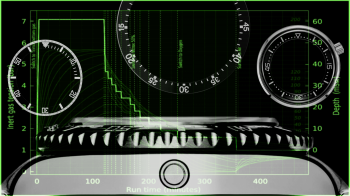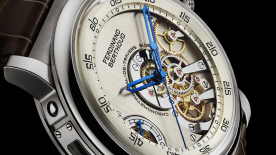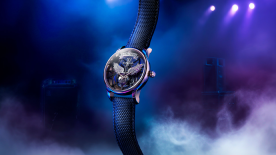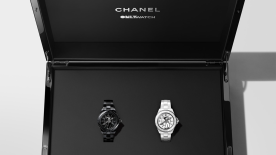Confession — I don’t dive. I’m neither a professional diver (no surprise there) nor even a recreational one. Subsequently, you may be forgiven for thinking that you don’t have to believe what I say about this. And it’s true, you don’t. Generally speaking, you don’t have to believe everything you read. (In other words, stop reposting unverified articles you found on Facebook.)
What I do know how to do, however is collect, synthesise and present information from a number of trusted sources. So in terms of dive watches, I can state with some confidence that what you’re about to read is 100 percent bona fide. And if you don’t think so, you can go look it up yourself. It’s not that hard, it takes, like, five seconds to go Google it.
Okay, this first thing you’ve probably heard already. Helium escape valves are pointless unless you’re a saturation diver. What’s saturation diving? My friend, let me introduce you to Wikipedia. In case you didn’t want to click on the link and leave this page (and who could blame you?), here’s a summary: saturation diving is a form of diving which evolved out of a need for divers to remain at depths of 50m or more below sea level, for days or weeks at a time, without requiring decompression sessions whenever divers return to the surface. Divers work or do whatever it is they’re underwater to do at depths of 50m or more, they live in special chambers that are pressurised to an equivalent degree, and they travel back and forth between living and working spaces via a pressurised diving bell.
The air in the pressurised environments is a mix of oxygen and an inert gas, mostly helium, and saturation divers breathe in this stuff for days. This is what causes decompression sickness (“the bends”) when divers don’t take enough time to ascend gradually. The helium that has accumulated in the bloodstream forms into bubbles due to the rapid decrease in atmospheric pressure, resulting in physiological symptoms that range from a light rash to death. Don’t try this at home, boys and girls. Now, the helium accumulates in your watch as well, because it’s a sneaky little atom, and when your watch gets the bends, it often manifests this by literally blowing its top. The dial crystal pops right off, a victim of the expanding helium inside the watch case that is pushing its way out of the weakest mechanical joint of the watch.
This is what the helium escape valve is for. It’s essentially a pressure equalisation system. You don’t need it if you’re not a saturation diver — ie, you’re not an undersea driller or James Cameron.
Now, the second thing. We all think that an essential feature of a dive watch is a unidirectional rotating bezel. Here’s something else that I want to introduce you to: ISO-6425 Section 4.1.5, the part of the international standard governing the definition and features of a dive watch that specifically refers to an indication of dive time.
The section numbers change in between updates — I’m referring to one of the most recent revisions, published in 2018. This particular section, about the indication of dive time, however, hasn’t been revised or changed in decades, so it shouldn’t be news to anyone. It states that a dive watch should have a device should have a diving time indicator (such as a rotating bezel), which should be protected against any inadvertent or wrong manipulation. A unidirectional rotating bezel doesn’t meet this criteria. It is protected against inadvertent manipulation only in one direction, when the ISO requirement specifies an absolute protection, not just one kind of protection. (If a judge orders you to stay away from your ex and you argue that you’ll stay away from her only when she’s awake, that’s really not good enough.)
The absolute protection thing is important because of — once again — decompression times. The unidirectional rotating bezel is useful for calculating total dive time, because in theory (and in reality), underestimating your remaining dive time and surfacing with spare oxygen in your tank is a lot better than overestimating your remaining dive time and running out. However, underestimating your decompression time is just as dangerous and could lead to — repeat after me — physiological symptoms that range from a light rash to death.
To sum up, helium escape valves are useless except for saturation diving. And if you can’t block your rotating bezel in both directions, your watch isn’t a dive watch. #SorryNotSorry.




